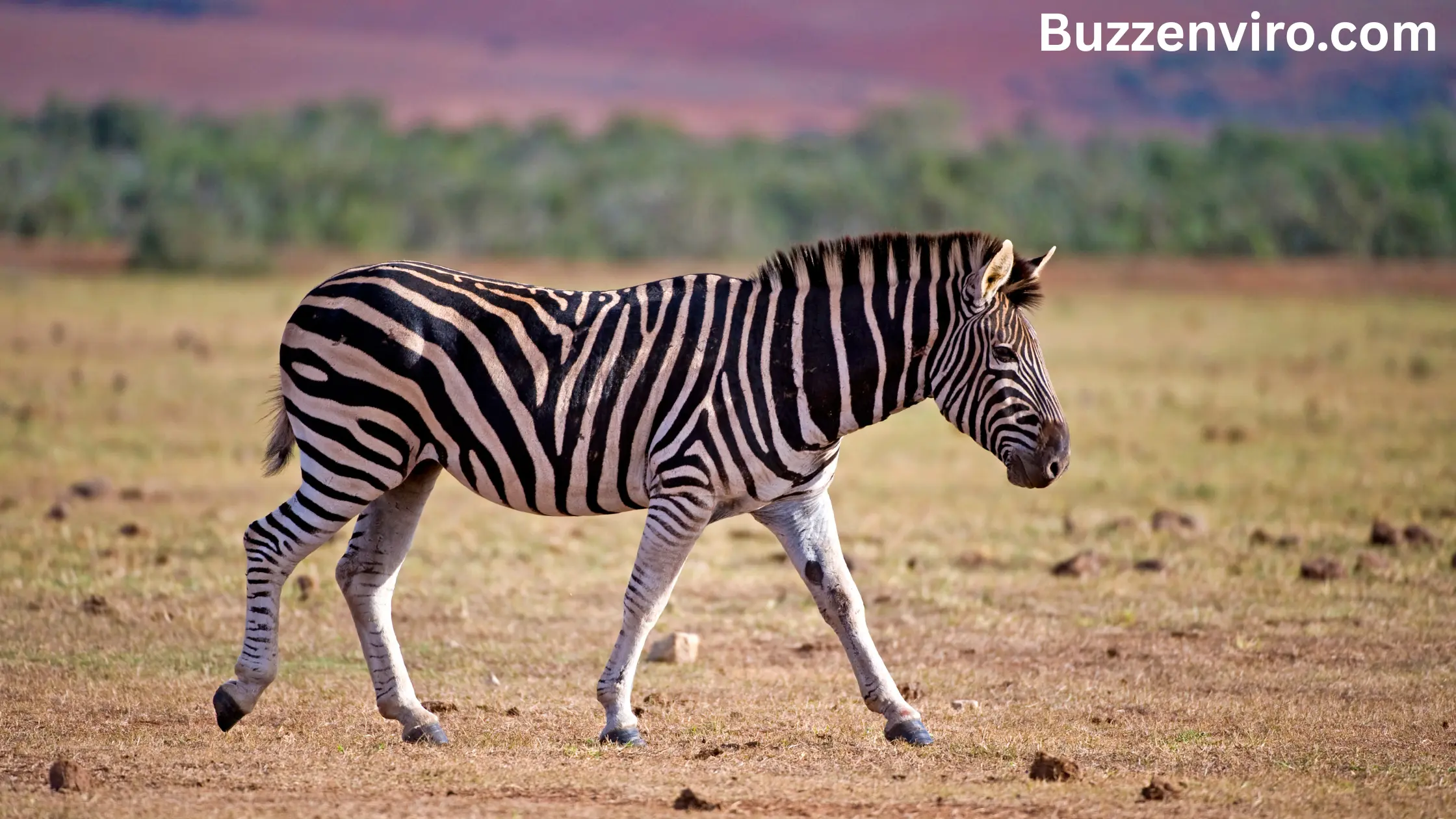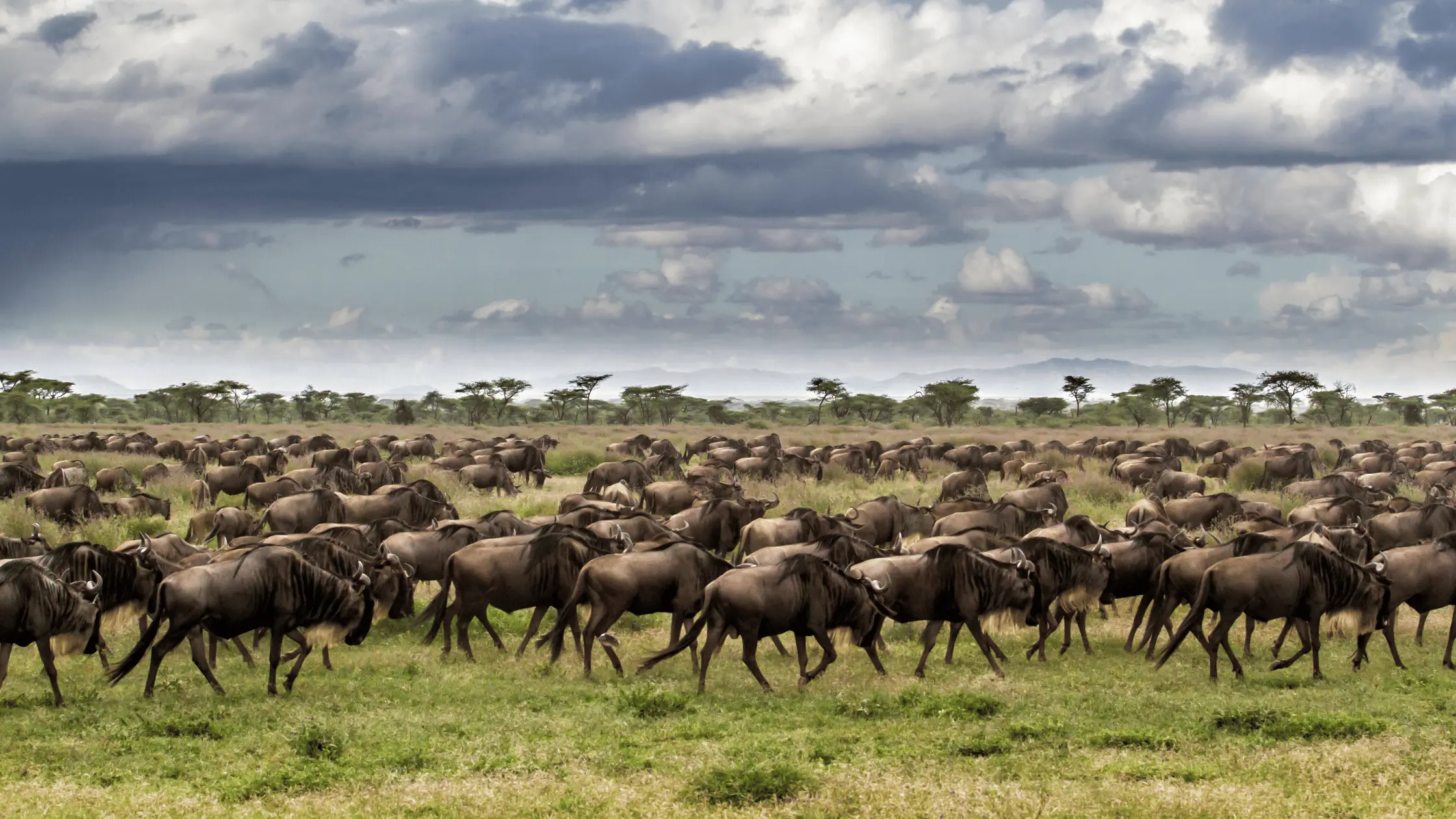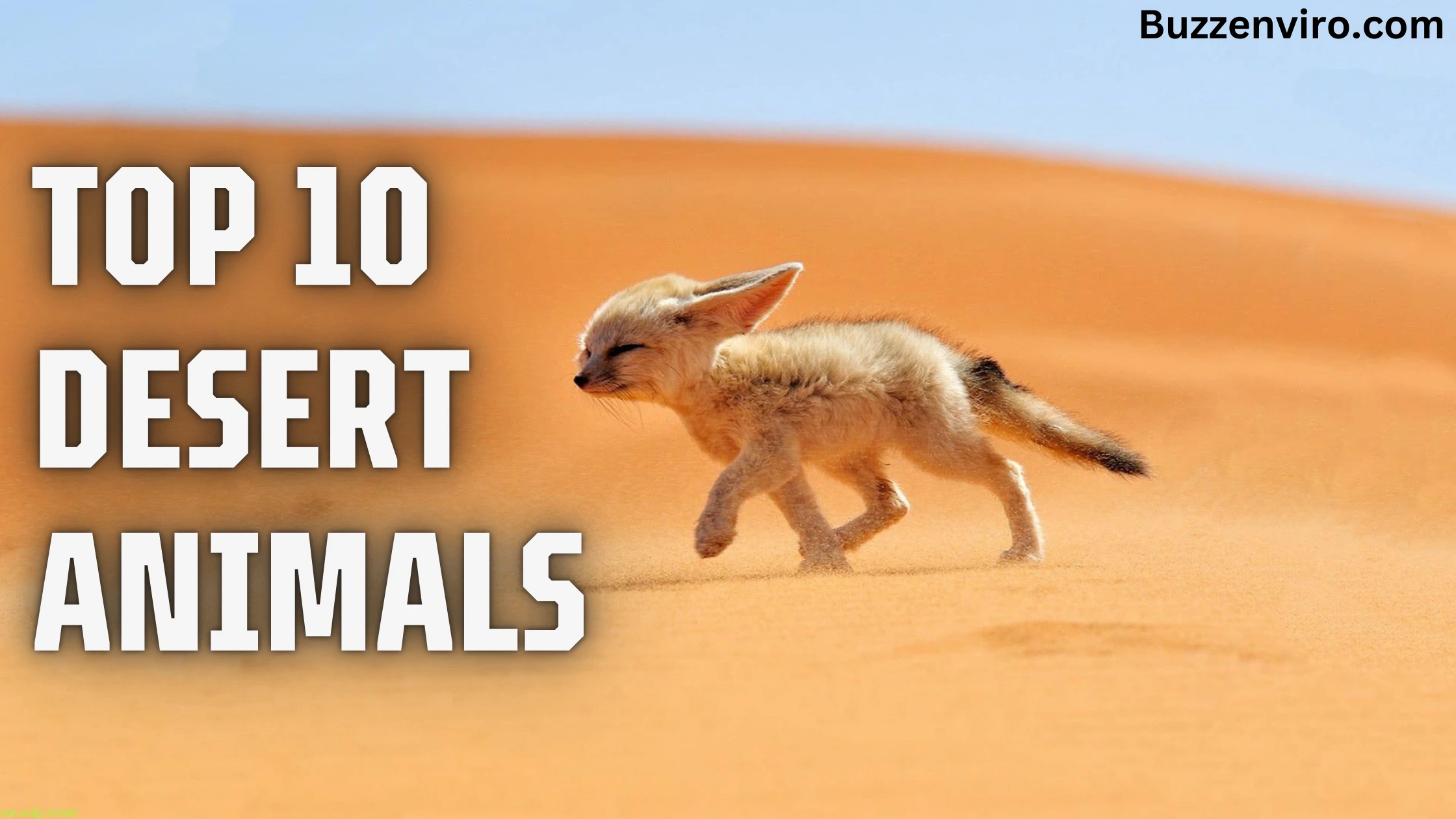When people think of zebras, they often draw comparisons to horses due to their similar body shape and size. Both animals belong to the Equidae family, but does that mean a zebra is just a horse with stripes? While they share some similarities, they are distinct species with unique characteristics. In this blog post, we’ll dive into the key differences and similarities between zebras and horses, shedding light on their biology, behavior, and evolutionary history.
Zebra and Horse: What Do They Have in Common?
At first glance, zebras and horses do look similar. Both are large herbivores with long legs, hooves, and a mane running down their necks. They also belong to the same family, Equidae, which means they share a common ancestor. Despite these similarities, zebras and horses are two separate species with important differences.
1. Physical Resemblance:

Both animals have a similar body shape, which makes it easy to confuse one for the other. Zebras and horses have similar skeletal structures, hooves, and teeth. Their legs are long and well-suited for running, making them swift animals in the wild. The key difference in appearance is the distinctive black and white striped pattern of a zebra’s coat, which serves as camouflage in the wild.
2. Social Behavior
Both zebras and horses are social animals. Horses often live in herds or groups, and zebras are no different. In the wild, zebras form tight-knit groups called “harems” led by a dominant male. These social groups help protect the animals from predators by providing safety in numbers. Horses also display similar herd behavior, forming stable groups to protect each other.
3. Herbivores
Both zebras and horses are herbivores. Their diet mainly consists of grasses, and they spend much of their time grazing. Their digestive systems are adapted to break down large quantities of fibrous plant material, which is why they need to eat constantly to maintain energy levels.
Key Differences Between Zebras and Horses
While zebras and horses share some traits, there are several notable differences between the two. Let’s take a closer look at the unique features of each animal.
1. Genetic Differences:
Genetically, zebras and horses are distinct species. While they belong to the same family, they are classified as different species within the Equidae family. Horses are part of the Equus ferus caballus species, whereas zebras belong to different species depending on the type of zebra. For example, the Plains Zebra is classified as Equus quagga, while the Grevy’s Zebra is Equus grevyi.
Due to genetic differences, horses and zebras cannot successfully interbreed in the wild, although they can sometimes produce hybrids when bred in captivity. These hybrids, such as the “zorse” (a cross between a zebra and a horse), are typically sterile.
2. Stripes:
One of the most striking differences between zebras and horses is their coat. Zebras are known for their black and white striped pattern, which is unique to each individual, much like human fingerprints. While scientists have debated the purpose of these stripes, it is believed that they help with camouflage, confuse predators, and possibly regulate temperature.
On the other hand, horses come in a wide variety of solid coat colors, including brown, black, white, gray, and bay. Unlike zebras, horses don’t have stripes or the unique markings that make each zebra instantly identifiable.
3. Temperament:
Horses tend to be more domesticated and adaptable to human interaction than zebras. Zebras have a reputation for being more aggressive and difficult to train. This difference in temperament is partly because zebras have not been domesticated over thousands of years like horses. Horses have been bred for work, transport, and companionship, while zebras have remained wild animals that are adapted to living in harsh conditions such as African savannas and grasslands.
Zebras can be more unpredictable and may exhibit a more defensive nature when threatened. In contrast, horses are generally more docile and are easily trained, which is why they have been used by humans for thousands of years in various cultures.
4. Habitat and Range:
Zebras are native to Africa, where they are found in a variety of environments, including savannas, grasslands, and mountain regions. They are primarily found in the wild and are not commonly seen in domesticated settings. In contrast, horses have a much wider geographical range and have been domesticated in various parts of the world, from Europe to North America, Asia, and beyond.
Also Read:- Bumble bee Vs Carpenter Bee
Is a Zebra a Horse?
In conclusion, while zebras and horses share some similarities, they are not the same animal. They belong to the same family but are separate species with distinct physical, behavioral, and genetic characteristics. Zebras are wild animals with unique adaptations, such as their striped coats and a more aggressive temperament. Horses, on the other hand, have been domesticated over thousands of years and are generally more manageable and adaptable to human companionship.
So, while a zebra may look like a horse, they are, in fact, quite different in many ways. Understanding these differences can help us appreciate both animals for the unique creatures they are, and we can better respect their place in the animal kingdom.






